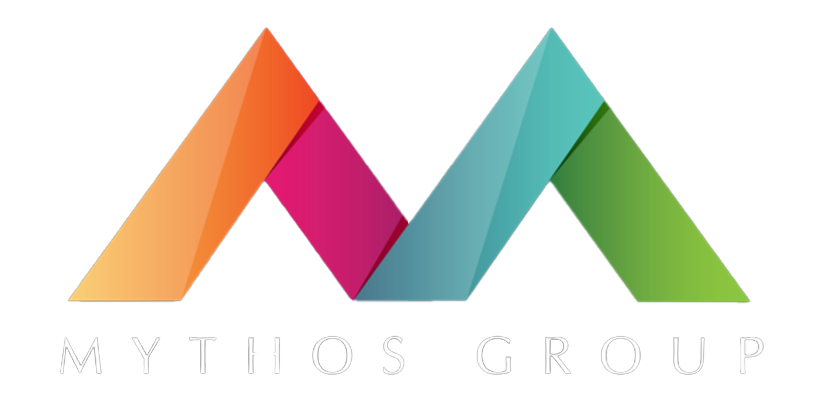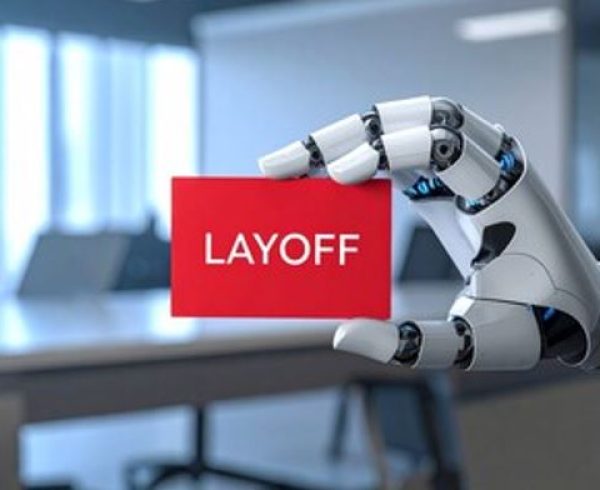Four decisions that will determine whether AI becomes your competitive advantage or your expensive mistake
The AI conversation has fundamentally changed over the past six months. Boards that used to ask “Should we be investing in AI?” are now asking much harder questions: “What exactly are we getting for the millions we’ve already spent?” and “When will we see actual business results?”
This shift reflects a broader maturation in how executives think about artificial intelligence. The experimental phase is over. The proof-of-concept budgets are drying up. And the companies that haven’t figured out how to translate AI capabilities into measurable business outcomes are starting to face some uncomfortable conversations with their stakeholders.
But here’s what I find interesting. The companies that are succeeding with AI aren’t necessarily the ones with the biggest technology budgets or the most sophisticated technical teams. They’re the ones that have made four fundamental strategic decisions correctly. And once you understand what those decisions are, it becomes pretty clear why most AI initiatives fail and why some organizations are building genuinely sustainable competitive advantages.
Decision One: Problems First, Technology Second
The single biggest mistake I see in AI strategy is starting with the technology and working backward to find applications. It’s a completely natural impulse. AI capabilities are genuinely impressive, and it’s easy to get excited about what’s possible. But that excitement leads to exactly the wrong kind of thinking.
When you start with AI capabilities, you end up asking questions like “How can we use machine learning in our marketing department?” or “Where should we deploy natural language processing?” These questions inevitably lead to pilot programs that demonstrate technical feasibility but struggle to show business value.
The companies that are winning have flipped this equation entirely. They start with their most expensive operational problems and work forward to solutions. They’re asking different questions: “What processes in our organization consume the most resources while delivering the least value?” and “Where are we spending money on repetitive work that could be automated?”
This approach leads to very different outcomes. Instead of impressive demos that struggle to scale, you get focused implementations that deliver immediate, measurable impact. Gartner research supports this pattern. Their analysis shows that over 40% of major AI projects will be canceled by 2027, primarily due to unclear business value. The projects that survive and thrive are the ones that started with clear problems and measurable success criteria.
The practical implication is straightforward but requires discipline. Before you evaluate any AI technology, identify the three most expensive operational inefficiencies in your business. Focus exclusively on those problems until you’ve solved them. Everything else is distraction, no matter how technically interesting it might be.
Decision Two: Autonomous Operations, Not Just Smart Tools
Most executives are still thinking about AI as sophisticated software that makes their people more productive. Better analytics, smarter recommendations, faster processing. This perspective isn’t wrong, but it’s incomplete. It misses the larger strategic opportunity that’s emerging.
The next wave of competitive advantage will come from AI that doesn’t just assist human work but actually performs entire workflows autonomously. The technical term is “agentic AI,” but the business concept is simpler: systems that can plan, make decisions, and execute complex processes without human supervision.
Gartner research suggests these autonomous systems will handle 80% of routine customer service interactions by 2029, reducing operational costs by approximately 30%. But you don’t need to wait until 2029 to understand the competitive implications. Companies that deploy these capabilities effectively will operate with cost structures and service levels that their competitors simply cannot match through human-centered approaches.
The strategic question isn’t whether this technology will work. It’s already working. The question is how quickly you can identify the right applications and deploy them safely. The companies that answer this question correctly first will build operational advantages that become very difficult for competitors to replicate.
The key is starting with high-frequency, low-risk processes. Customer service for common issues. Appointment scheduling. Basic data processing. Invoice handling. Perfect these autonomous workflows before attempting more complex applications. The learning curve is steep, but the competitive payoff is substantial.
Decision Three: Governance As Competitive Infrastructure
This might sound counterintuitive, but some of the most successful AI deployments I’ve seen started with governance frameworks, not technology implementations. Most executives think about AI governance as regulatory compliance that slows innovation. That’s exactly backwards.
Robust governance frameworks don’t constrain AI deployment. They enable it. When you have strong systems for transparency, accountability, bias detection, and security built from the ground up, you can deploy AI in applications where competitors with weaker governance cannot safely operate.
Consider the competitive dynamics. Companies with comprehensive AI governance can use these systems for customer-facing decisions, financial transactions, healthcare applications, and regulated processes where the stakes are high and the scrutiny is intense. Companies without proper governance are essentially locked out of these high-value applications.
The governance framework that works has four components. First, transparency: can you explain how your AI systems make decisions? Second, accountability: when AI makes mistakes, do you know who’s responsible and how to fix the problem? Third, fairness: are your systems regularly tested for bias and discrimination? Fourth, security: is your AI infrastructure protected against both external attacks and internal misuse?
Building these capabilities takes time and investment, but the competitive payoff is significant. When regulations tighten, when bias lawsuits multiply, when customers demand explainable AI decisions, companies with strong governance accelerate while their competitors scramble to retrofit compliance.
Decision Four: Multimodal Capabilities, Not Just Text Processing
Text-based AI is already commoditized. Every major technology company offers natural language processing capabilities, and the performance differences are narrowing rapidly. The competitive battlefield has moved to AI systems that can seamlessly integrate text, images, audio, and video.
MIT Technology Review documented that video generation technology improved faster in the past year than almost any AI capability in history. This isn’t just about creating marketing content more efficiently, though that’s certainly valuable. It’s about fundamentally changing how organizations interact with customers, train employees, and deliver services.
The business applications are profound. Customer support where AI can actually see the problems customers are describing. Training programs that adapt in real time to individual learning styles. Sales presentations that get personalized automatically for each prospect. Quality control systems that can detect defects human inspectors might miss.
The economics are compelling. Video content that previously required production teams and weeks of work can now be generated in hours. Personalized training materials that would have been prohibitively expensive to create manually can be produced at scale. Customer service that was limited by human capacity can now operate 24/7 with consistent quality.
But the strategic opportunity goes beyond efficiency gains. Organizations that master multimodal AI capabilities can deliver personalized experiences at scale that were simply impossible with traditional approaches. They’re not just competing on better service or lower costs. They’re redefining what customers expect from every interaction.
The Integration Challenge
Understanding these four strategic decisions is the easy part. The hard part is executing them simultaneously while managing the organizational change that AI transformation requires.
Most AI implementations fail not because of technical limitations but because of organizational resistance. People worry about job security. Managers fear loss of control. Compliance teams raise regulatory concerns. IT departments struggle with integration complexity.
Successful AI transformation requires treating these concerns as legitimate business challenges, not obstacles to overcome. The companies that are winning invest as much in change management as they do in technology implementation. They communicate clearly about how AI will change roles rather than eliminate them. They involve skeptics in pilot programs rather than working around them. They celebrate early wins publicly and share credit broadly.
The timeline for this transformation is longer than most executives expect but shorter than most organizations can afford to delay. Meaningful AI implementation typically requires 18 to 24 months to show transformational rather than incremental results. But the companies that commit to this timeline and execute consistently are building advantages that compound over time.
The Competitive Reality
Stanford research shows that 29% of organizations are already deploying autonomous AI agents, with adoption accelerating rapidly. The AI market is growing 56% annually and approaching $10 billion. These numbers matter, but they don’t tell the complete strategic story.
The story is that the companies making correct strategic choices now will build operational capabilities that become nearly impossible for competitors to replicate later. By the time laggards recognize the competitive gap, the technical and organizational investments required to close it will be prohibitively expensive and time-consuming.
This dynamic creates a winner-take-most environment where early strategic decisions have outsized long-term consequences. The companies that get AI strategy right won’t just be more efficient than their competitors. They’ll be playing by different rules entirely.
The question every leadership team must answer is simple: Will you use AI to optimize your current operations, or will you use it to build capabilities that redefine competitive advantage in your industry?
The companies that answer this question correctly will spend the next decade explaining their success. The companies that answer it incorrectly will spend that time explaining their missed opportunities.







